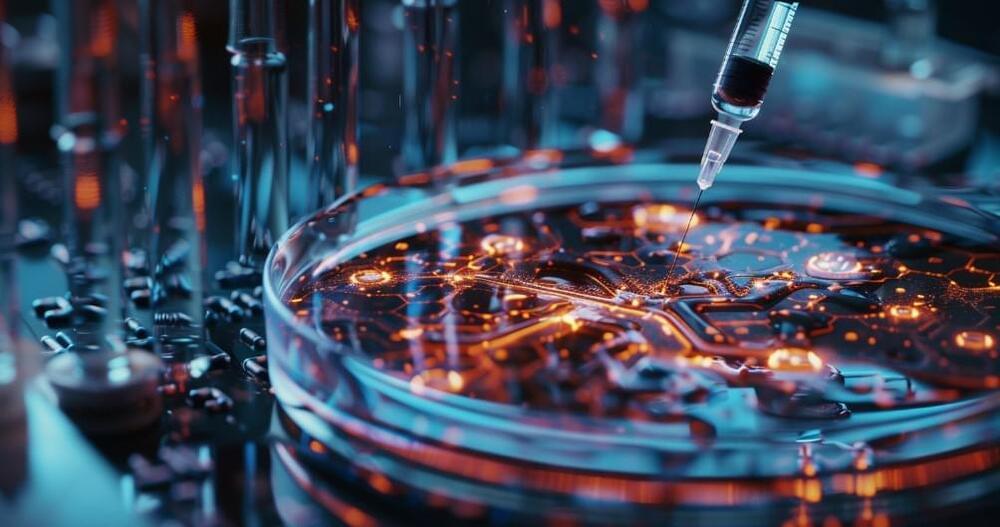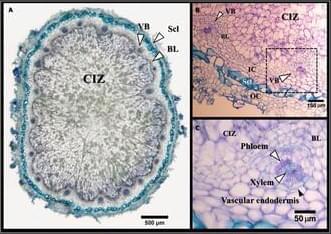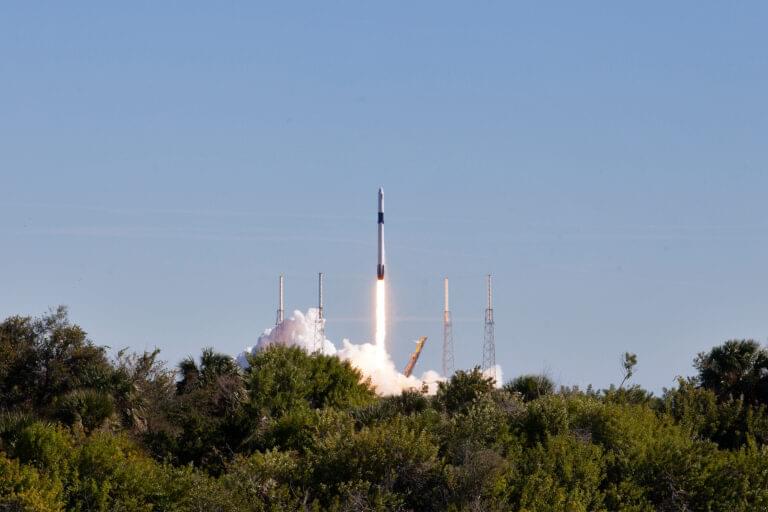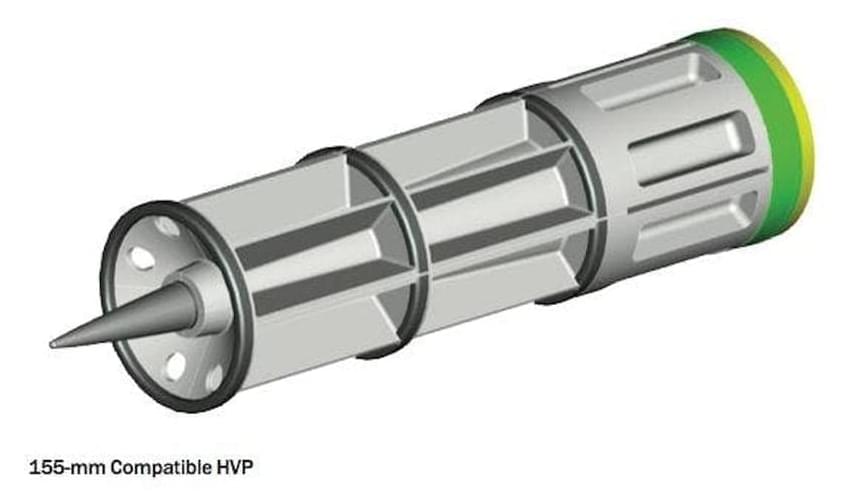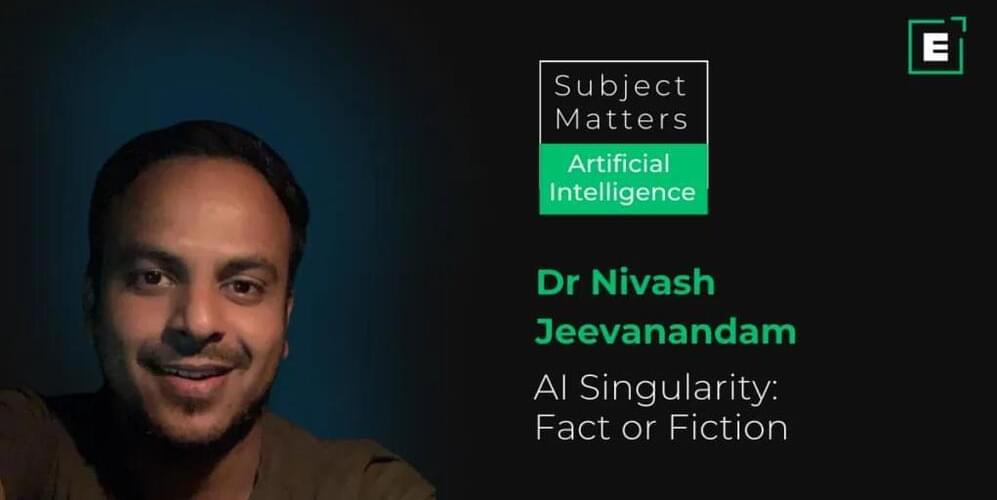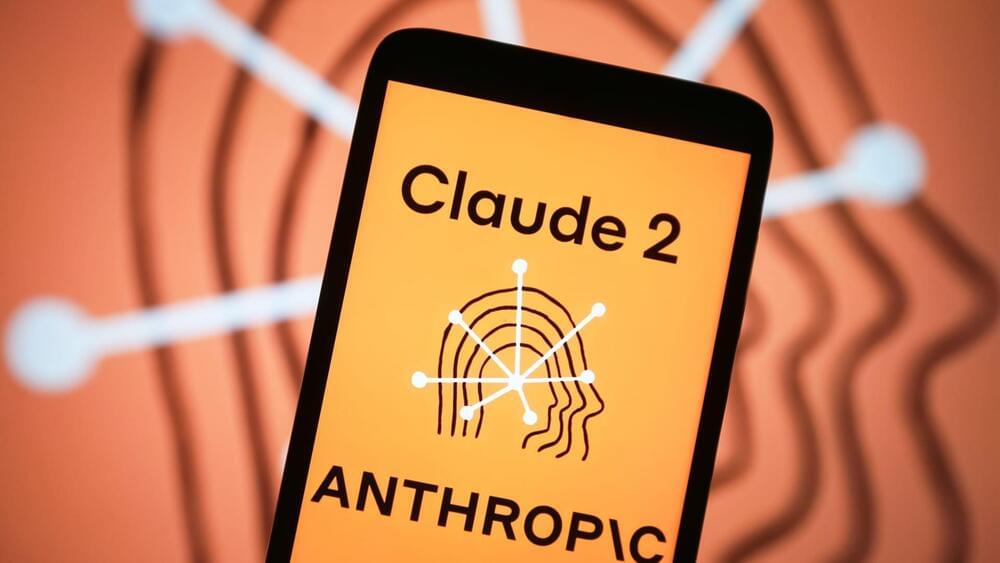It takes an incredible amount of energy to both train and operate artificial intelligence software, as we explored last week in The Bleeding Edge – AI’s Thirst for Power.
OpenAI’s GPT-4 generative AI, which powers its ChatGPT, required about 10 megawatts (MW) of electricity to train. That’s roughly equivalent to the power requirements of 10,000 average homes.
It’s also about 833,000 times the electricity required to power the human brain.
